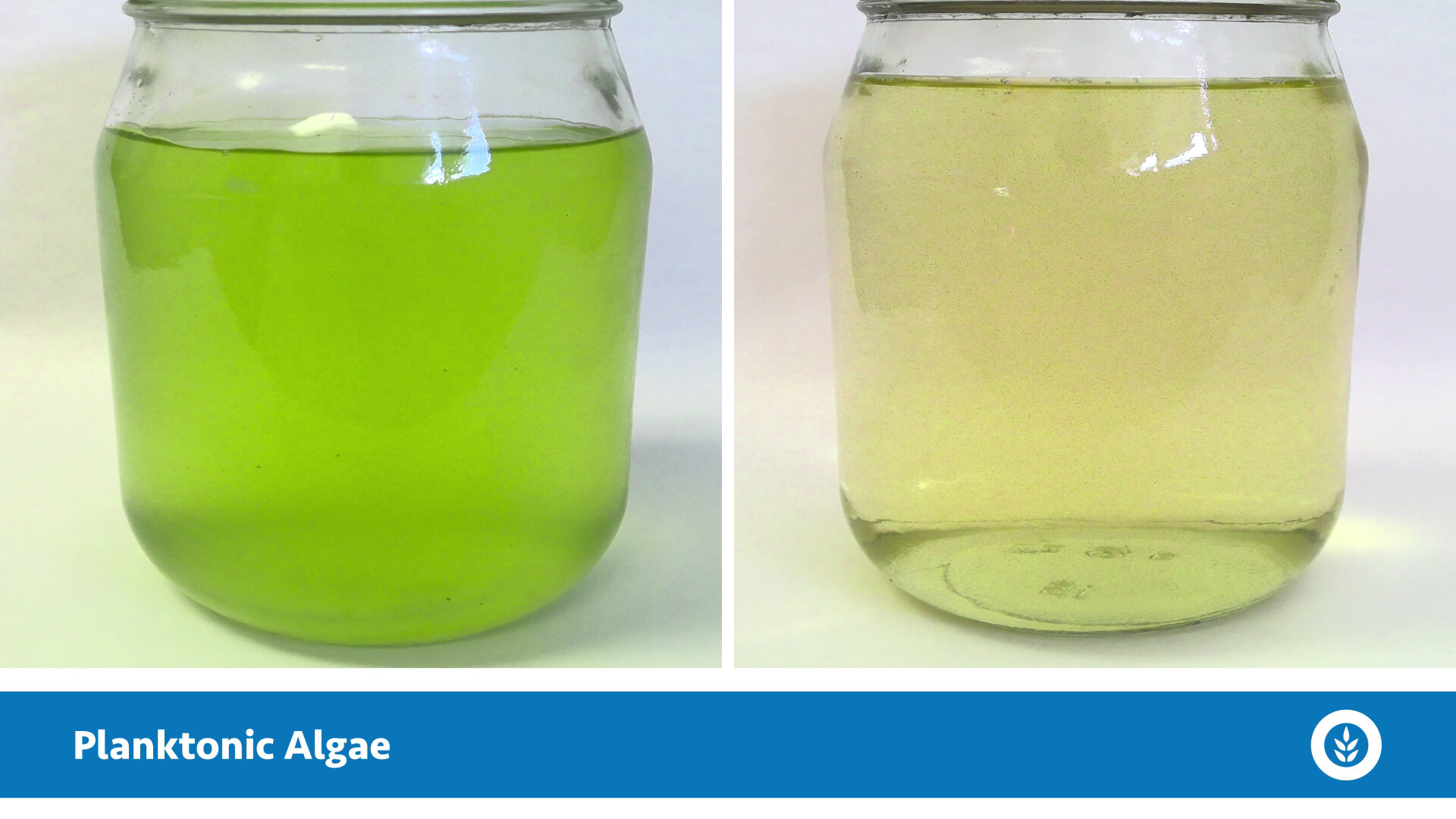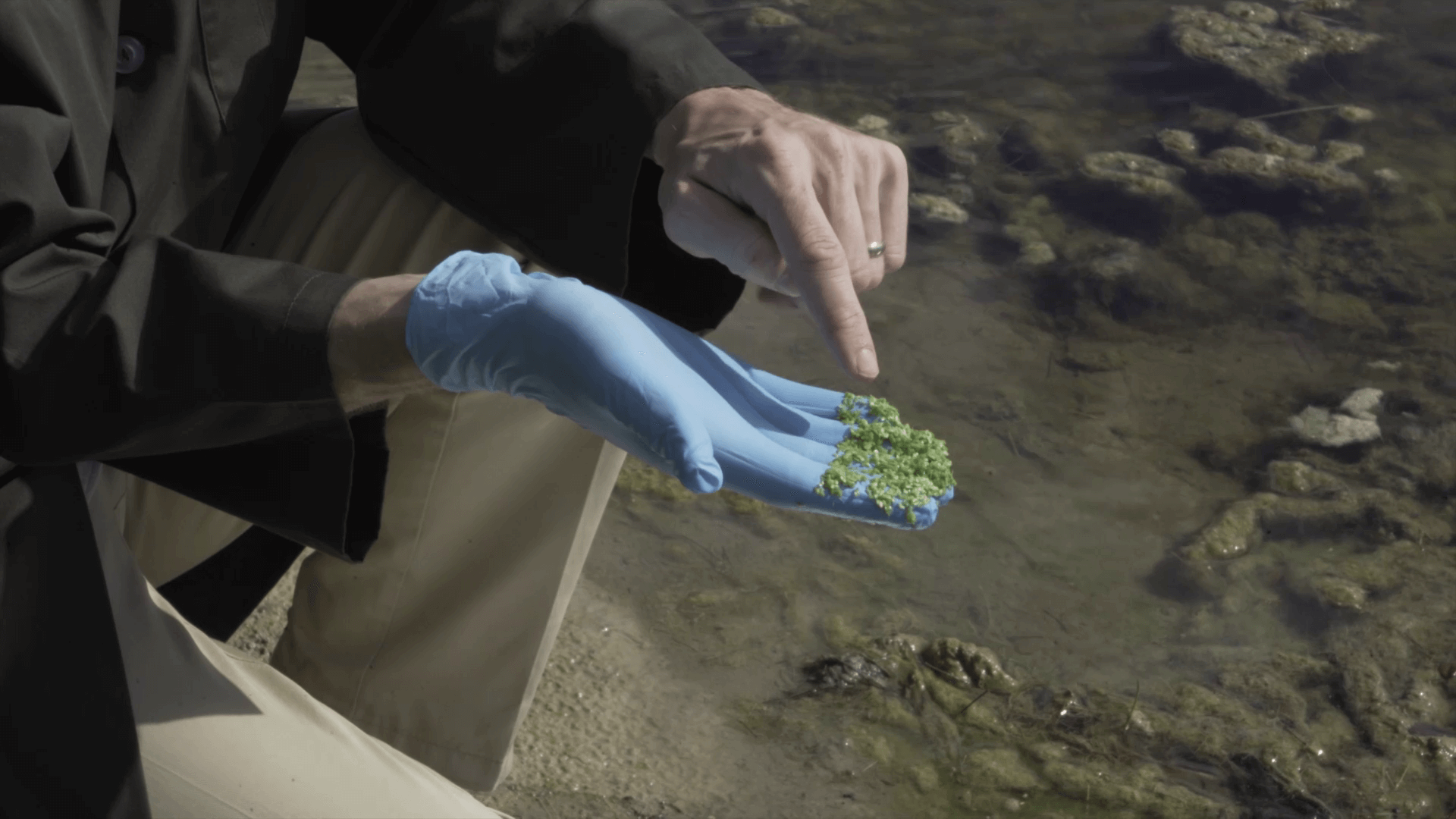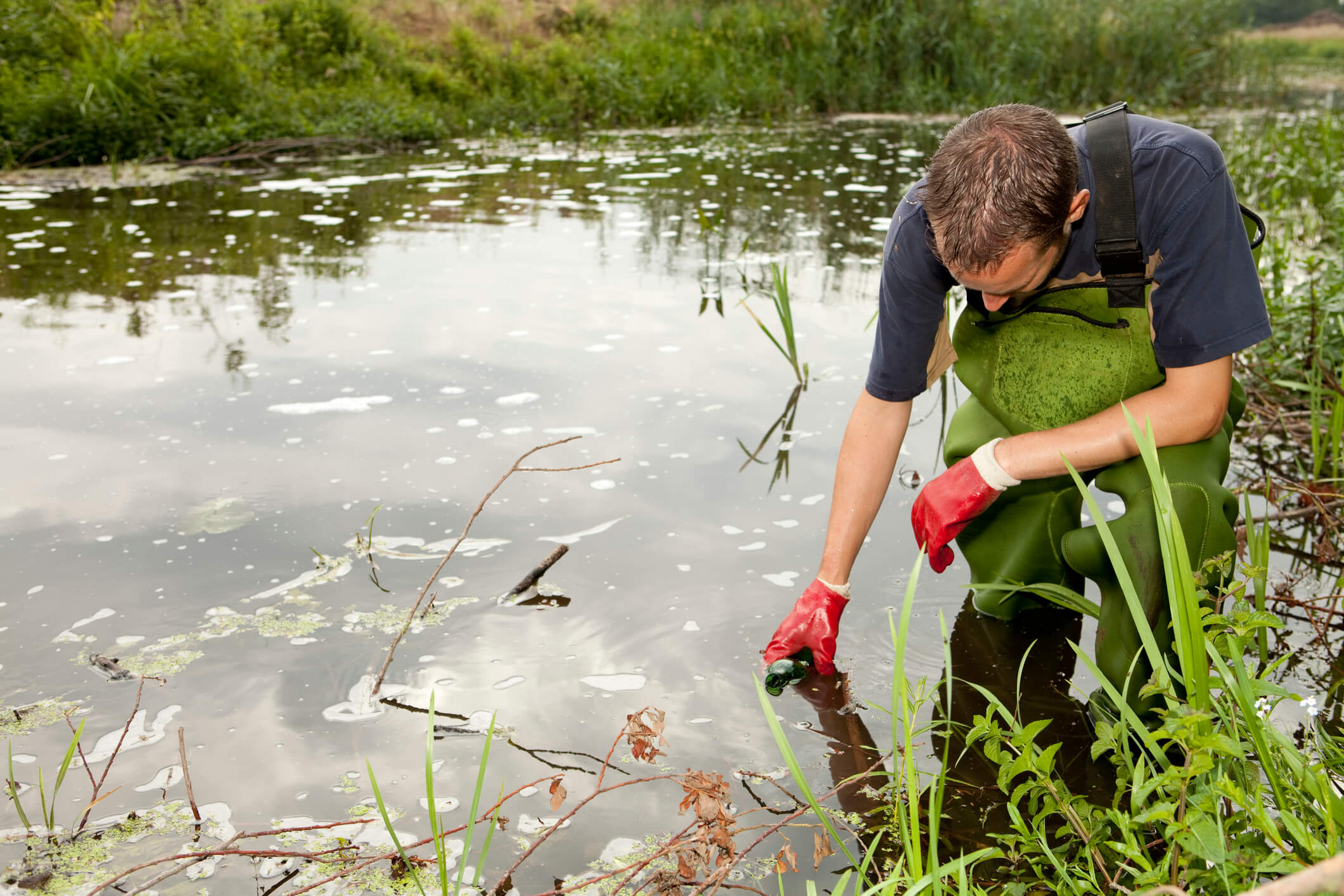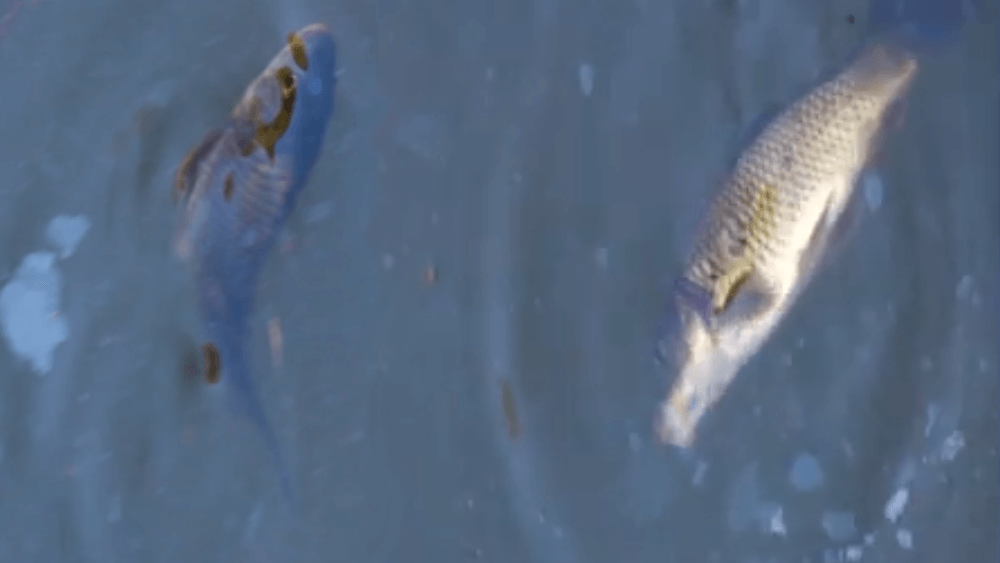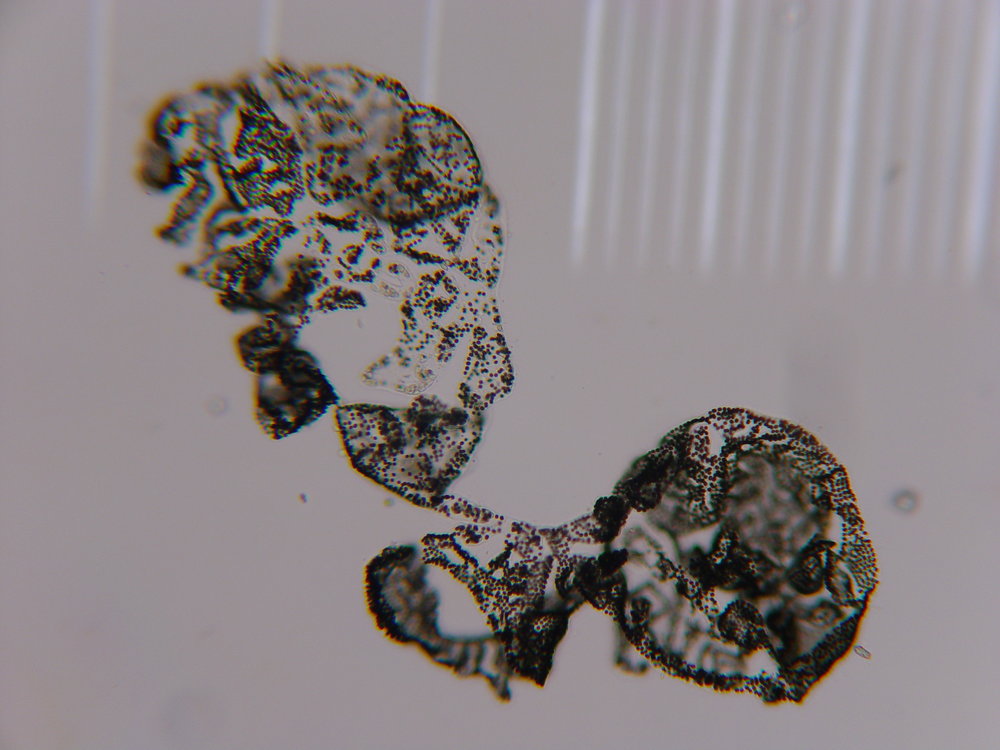Algae Corner: What the Film?
This episode is entitled "What the Film?" and today we're going to talk about those surface films you may see on a water resource. We're also going to look at some of the things that may specifically cause that surface film and then finish up with what we may be able to do to clear up that water column.
Want to get Algae Corner Updates? Get the latest news by subscribing to our channel:
Film #1: Pollen

First up is pollen. Lots of times you have this pollen that sits on the surface of the water body.

It's hydrophobic, sits on top, and forms swirls that can be yellow or often white in color.

It’s actually a bunch of tiny pollen grains sitting on the water body surface.
Film #2: Actual Oils

Another culprit to that film, if it's more of a white-ish type color and oily in appearance, could be different actual oils.

These oils can originate from natural sources like Cypress trees and other conifers, or pine trees which can produce terpene compounds.

These are natural oils which are also hydrophobic and sit on the surface of the water column.

You could also have oils from the anthropogenic or human-related sources. These could be from stormwater runoff, or from oil or grease that leaks from cars or industrial applications.
Film #3: Cyanobacteria (blue-green algae)

Another big culprit to these surface scums are different algal types. There are many different types of algae that can form surface scums.

A common one is blue-green algae or cyanobacteria. They have gas vesicles, so they can actually adjust their buoyancy. They can pop up and sit on the top of the surface in the water body.

They typically look very deep blue-green in color, and they can build up and accumulate in areas near your shoreline.

Microcystis, dolichospermum, aphanizomenon, and planktothrix can all form these types of surface blue-green films.
Film #4: Diatoms

Diatoms are another type of algae that may cause a film on the water.

These have a big central vacuole that allows them to store lipids and fatty acids, which are less dense than water.

Diatoms will form more of a frothy, brown, foamy-looking scum on the surface of a water body.
Film #5: Helicodictyon & Chlorococcum

Another algae that can form these bright green surface films is called helicodictyon.

It can trap a little gas bubble which allows it to pop up to the surface. There are a few other types of green algae that can form this green film too, like chlorococcum.

They’ll sit and can cover the entire surface of the water body, and they’re typically a bright green color.
Film #6: Euglena

Another common film-causing algae I see is called euglena. These can form red scums or these can be green scums.

And sometimes these transition throughout the day as they pop into and out of the resting state.

The euglenoids can form some pretty colorful and unique and dynamic types of surface scums.
Film #7: Botryococcus

One last really neat algae is actually capable of forming orange surface scums. This algae is a green algae called botryococcus.

It stores a lot of its energy in lipids. This very high lipid content makes it less buoyant which is why you’d see it at the surface.

Usually it will form a bright orange type of surface scum.
Film #8: Bacterial Biofilms & Protein Compounds

Another common cause of surface water film that I see is heterotrophic bacterial biofilms. These often look just dirty or brownish in color. Sometimes they may be a little bubbly on the surface of the water column.

You may also see a thin white biofilm. These are often from protein films or protein compounds.

The source of those proteins is very dynamic. It can often come from excess fish feed. So a lot of times, fish food has high fat content or lipid content. So it can come directly from the fish feed itself or the processing of that fish feed.

As the fish excrete that food, there are a lot of oils and lipids that may still be in it that will pop up and form the surface film.

Protein compounds can also come from degradation of dead animals. If you had a fish kill or other animal health event around your water, as they decompose, some proteins come up to the surface.

It could also be from general organic matter that may have come into the system that the bacteria is breaking down.
In Summary
Today we took a look at a handful of different culprits to that surface film you may be seeing in your lake or pond. There are many, many others out there, but these are some of the common ones that I see.
It’s also worth noting that a lot of times there are multiple components to that scum. It might not be one of these exact examples, but could be multiple things entrapped in that surface film.

As always, contact us here at SePRO if you need help identifying the culprit to your film issue. You can always send us a sample, and we can take a look at it under the microscope to get a lot more precise identification of exactly what's causing the issue. Then, we can help you develop the right prescription to clean it up. We can definitely help you get that water looking nice, clean, clear and pristine for whatever fun events you have coming up.
So again, thank you for tuning in to this special episode of Algae Corner entitled "What the Film?" and I look forward to seeing you next time!
